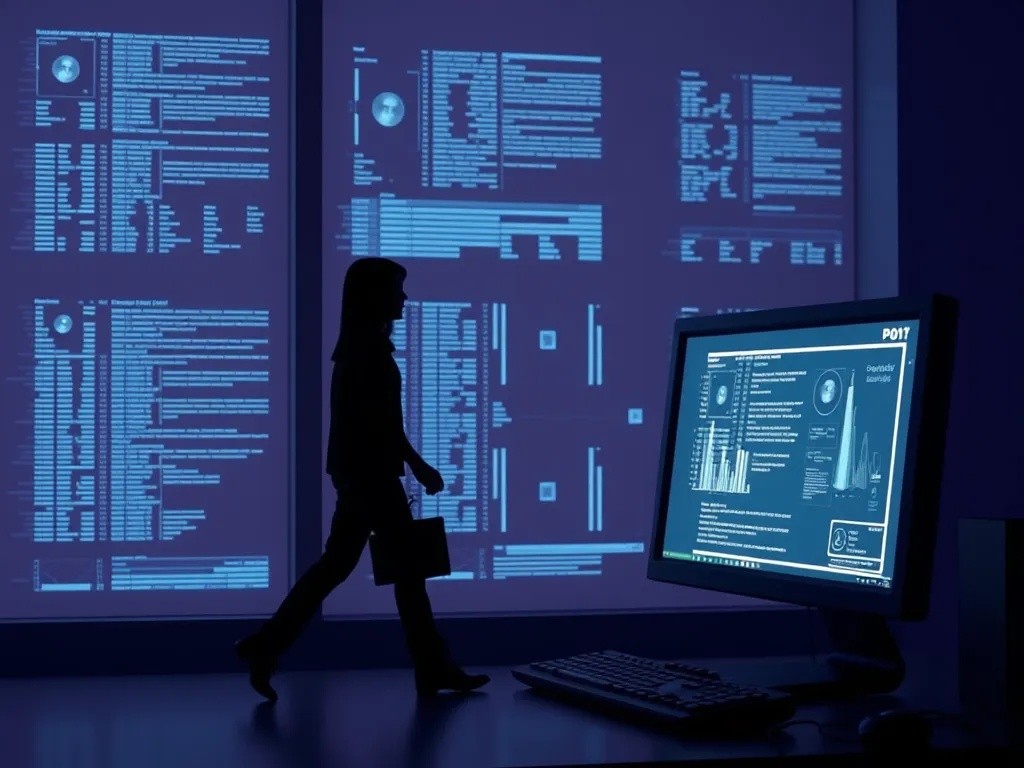In recent years, there has been a significant advancement in the field of Artificial Intelligence (AI) and Augmented Reality (AR). These technologies have become increasingly popular and have the potential to enhance virtual experiences in various fields such as gaming, education, healthcare, and...
Computer Learned to Determine a Person's Character by Their Walk

Groundbreaking research has revealed that artificial intelligence can now determine personality traits and character aspects simply by analyzing how a person walks. This revolutionary technology represents a significant leap forward in biometric identification and behavioral analysis, potentially transforming fields from security to healthcare.
The Science Behind Gait Analysis
Human gait patterns contain remarkably detailed information about individual characteristics. Researchers have discovered that the way we walk reflects not only our physical condition but also our psychological state and personality traits. The computer system uses advanced machine learning algorithms to analyze hundreds of micro-movements, timing patterns, and biomechanical signatures that are unique to each individual.
Key Walking Parameters Analyzed
The AI system examines multiple aspects of human locomotion:
- Stride length and frequency variations
- Ground contact time and pressure distribution
- Upper body movement and arm swing patterns
- Head position and stability during movement
- Asymmetries in left and right leg movements
Personality Traits Revealed Through Walking
The research demonstrates that specific personality characteristics correlate with distinct walking patterns. Extroverted individuals tend to have more energetic and pronounced movements, while introverted people often display more controlled and measured steps. The system can identify traits such as confidence levels, anxiety tendencies, and even leadership qualities with surprising accuracy.
Accuracy and Reliability
Initial testing shows the technology achieves accuracy rates of up to 85% in determining major personality traits. The system becomes more precise with longer observation periods and multiple walking sessions. Researchers emphasize that environmental factors such as terrain, footwear, and weather conditions are carefully accounted for in the analysis.
Potential Applications
This breakthrough technology opens numerous practical applications across various industries:
Security and Law Enforcement
Enhanced surveillance systems could identify individuals based on their unique walking signatures, even when faces are obscured. This could prove invaluable for airport security, border control, and crime prevention efforts.
Healthcare and Rehabilitation
Medical professionals could use gait analysis to:
- Detect early signs of neurological disorders
- Monitor patient recovery progress
- Assess mental health conditions
- Customize rehabilitation programs
Human Resources and Team Building
Organizations might employ this technology for better team composition and leadership identification, though such applications raise important ethical considerations about workplace privacy.

Privacy Concerns and Ethical Considerations
While the technology offers impressive capabilities, it also raises significant privacy questions. The ability to determine personal characteristics from something as basic as walking could lead to unwanted profiling and discrimination. Researchers stress the importance of developing appropriate regulatory frameworks and ethical guidelines before widespread implementation.
Data Protection Measures
Developers are implementing several safeguards:
- Encrypted data storage and transmission
- Consent-based analysis systems
- Limited data retention periods
- Transparent algorithmic processes
Future Developments
Research teams continue refining the technology, working to improve accuracy across diverse populations and cultural backgrounds. Future versions may incorporate additional biometric data such as heart rate patterns and breathing rhythms detected through advanced sensors.
The integration of this technology with smart city infrastructure and wearable devices could create comprehensive health monitoring systems, providing early warnings for various medical conditions while maintaining individual privacy.
Conclusion
The ability for computers to determine personality traits through walking patterns represents a fascinating intersection of artificial intelligence, biomechanics, and psychology. While the technology holds tremendous promise for improving security, healthcare, and human understanding, its implementation must be carefully balanced with privacy rights and ethical considerations. As this field continues to evolve, society will need to navigate the benefits and challenges of such intimate behavioral analysis technologies.



